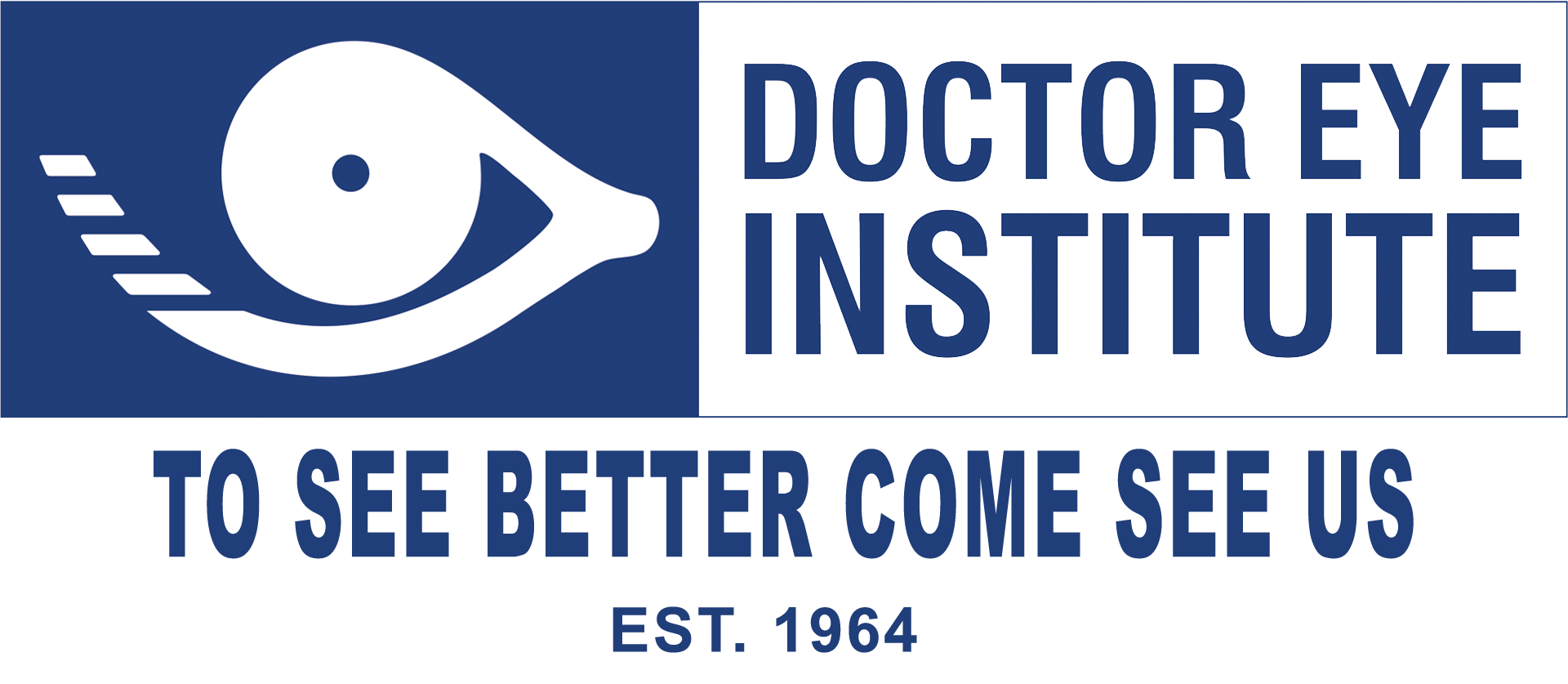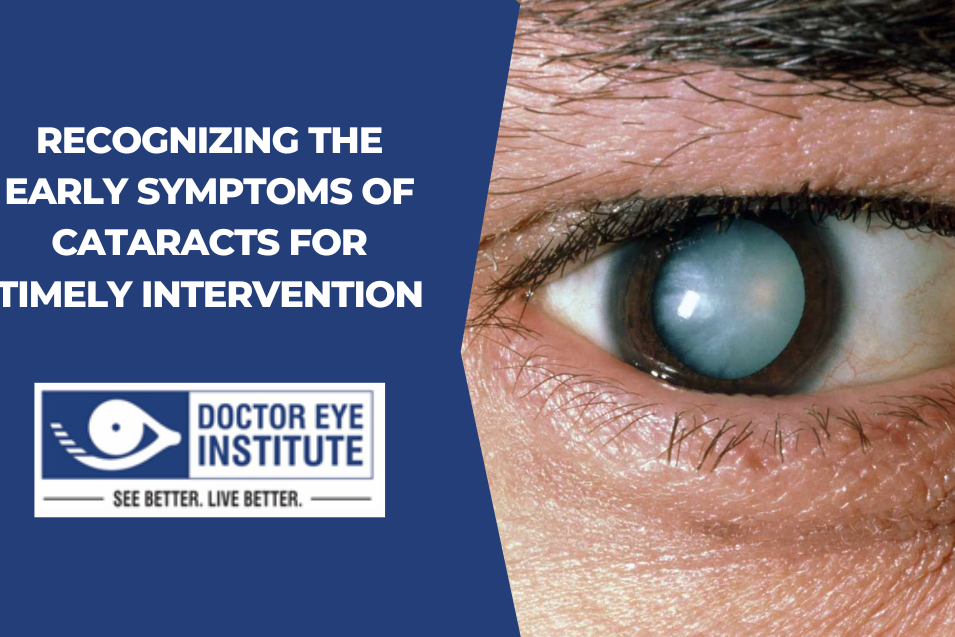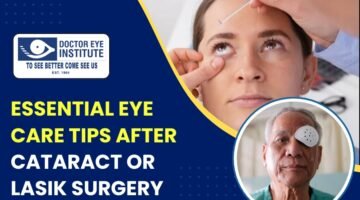Recognizing the Early Symptoms of Cataracts for Timely Intervention
Cataracts, a common age-related eye condition, can significantly impact vision if left untreated. Identifying the early symptoms is crucial for timely diagnosis and intervention.
In this blog post, we will discuss the various early signs of cataracts that individuals should be aware of to seek appropriate medical attention.
Blurry or Cloudy Vision:
One of the primary indicators of cataracts is experiencing blurred or cloudy vision. Individuals may notice a gradual decline in their visual clarity, making it difficult to see fine details or read small print.
Slight Double Vision in One Eye:
Cataracts can cause double vision in a single eye, leading to overlapping or ghost-like images. This symptom may initially appear sporadically but can worsen over time if left unaddressed.
Need for Brighter Light to See Clearly:
As cataracts progress, individuals may require increased lighting to perform tasks that were once comfortable under normal lighting conditions. This heightened sensitivity to dim lighting can be a telltale sign of developing cataracts.
Difficulty Seeing at Night:
Another early symptom is difficulty seeing clearly in low-light conditions, such as during nighttime or in dimly lit environments. Individuals with cataracts may experience challenges with depth perception and discerning objects in poorly lit areas.
Mild Sensitivity to Glare:
Cataracts can cause heightened sensitivity to glare, making it uncomfortable to be exposed to bright lights. Individuals with cataracts may find it particularly bothersome when driving at night or encountering direct sunlight.
Colours Appearing Less Vibrant or Faded:
A common complaint among individuals with cataracts is a change in how they perceive colours. Colours may appear muted, less vibrant, or faded, affecting their overall visual experience.
Changes in the Way Glasses or Contact Lenses Fit:
If you notice that your glasses or contact lenses suddenly do not fit properly or become less effective in correcting your vision, it could be an early sign of cataracts. Cataract-related changes in the eye’s shape can alter your prescription needs.
Seeing Halos Around Lights:
Cataracts can cause the appearance of halos around lights, especially during nighttime or in the presence of bright sources of light. This can impact the ability to drive safely or perform other tasks that require clear vision.
Frequent Changes in Eyeglass or Contact Lens Prescriptions:
As cataracts progress, the clarity of vision can fluctuate, necessitating frequent changes in eyeglass or contact lens prescriptions. If you find yourself needing prescription updates more frequently than usual, it’s essential to consult with an eye care professional.
Difficulty Reading Small Print:
Struggling to read small print or experiencing a decline in near vision can be an early symptom of cataracts. The condition can affect your ability to read books, newspapers, or digital screens with ease.
Mild Difficulty Distinguishing Objects from Their Background:
Individuals with cataracts may encounter challenges in distinguishing objects from their background due to reduced contrast sensitivity. This can make it harder to perceive details and navigate the surrounding environment.
Recognizing the early symptoms of cataracts is vital for seeking appropriate medical attention and timely intervention. If you experience any of the mentioned symptoms, it’s crucial to consult an eye care professional who can provide an accurate diagnosis and recommend suitable cataract treatment options. Early detection and management of cataracts can significantly improve the quality of life and preserve visual acuity in the long run.









